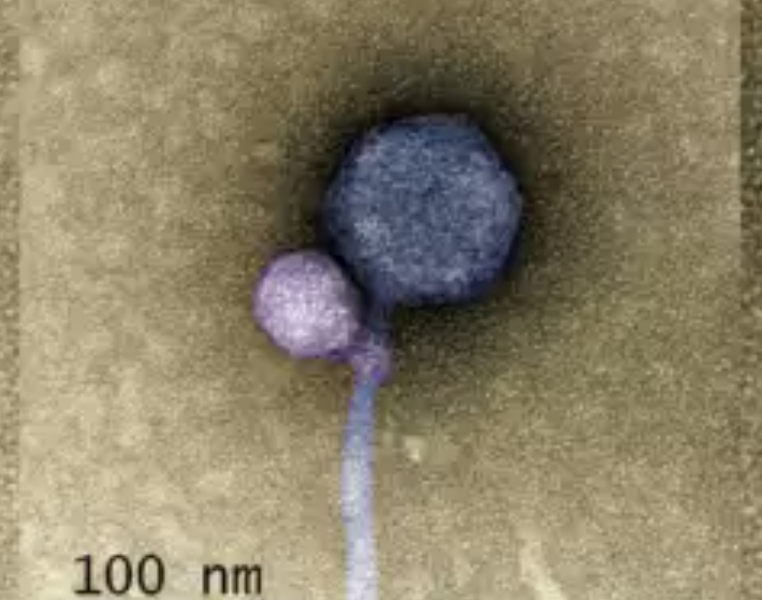In a groundbreaking discovery, reported by LiveScience, scientists have observed an unprecedented phenomenon in which one virus attached itself to another. This unique event involves two bacteriophage viruses that are believed to have cooperated in the replication process.
“No one has ever seen a bacteriophage — or any other virus — attach to another virus,” noted Tagide deCarvalho, the lead author of the study. Both these viruses are bacteriophages, primarily infecting bacteria.
However, the smaller of the two is a satellite virus, dependent on a ‘helper’ virus for replication. In visual representation, the satellite virus is depicted in purple, while the helper virus is shown in blue.
When a satellite virus enters a cell, it typically depends on helper viruses to facilitate the replication of its DNA. This implies that both viruses must infect the cell at the same time, requiring them to be in close proximity when this occurs.
However, this recent observation seems to be the first instance where a satellite virus was seen attaching itself to the helper virus. This attachment occurred at the ‘neck’ of the virus, where the outer shell of the helper virus connects to its tail. This remarkable discovery was made possible through the use of an electron microscope that emits beams of electrons.
